Disclosure: This article contains affiliate links. We may earn a commission from purchases at no extra cost to you, which helps our travel content.
When most travelers think of shopping in South Korea, Seoul's glittering Gangnam district or the youthful energy of Myeongdong typically come to mind. Yet just 30 kilometers west lies Incheon, a coastal metropolis where the shopping experience proves equally compelling but refreshingly distinct. Having spent considerable time exploring South Korea's retail landscape over the past decade—most recently during an extended stay last autumn—I've developed a particular fondness for Incheon's blend of old-world charm and contemporary luxury. The city serves as a fascinating microcosm of Korea's rapid development: centuries-old markets operate in the shadow of gleaming shopping complexes, while artisanal workshops and international luxury flagships coexist in surprising harmony. Whether you're seeking handcrafted souvenirs with authentic provenance or the latest designer collections, Incheon rewards the discerning shopper with experiences that transcend mere transactions.
Sinpo International Market: A Sensory Journey Through Time
Dating back to the Japanese colonial era, Sinpo International Market remains the beating heart of Incheon's traditional shopping scene. Unlike the more polished markets that cater primarily to tourists, Sinpo retains an authenticity that resonates with locals and visitors alike. The market's narrow, labyrinthine alleys house over 700 vendors, many representing businesses that have been family-operated for generations.
On my first visit five years ago, I stumbled upon an elderly artisan crafting traditional hanji paper goods using techniques passed down through eight generations. Last autumn, I returned to find him still there, his weathered hands working with the same precision while his granddaughter managed their newly established online presence—a perfect metaphor for Korea's blend of tradition and innovation.
The market's culinary offerings deserve special mention. Sinpo is famous for its dakgangjeong (sweet crispy chicken) and the local interpretation of jjajangmyeon (black bean noodles), a dish with Chinese origins that was transformed in Incheon's Chinatown into a uniquely Korean staple. For the full experience, arrive hungry and follow your nose.
While exploring the market's extensive textiles section, I was particularly impressed by the quality of the handwoven fabrics. I purchased several bojagi (traditional wrapping cloths) that now serve as elegant table runners in my Christchurch home. If you're interested in Korean textiles, bring along a reliable translation app to communicate with vendors about materials and techniques—most speak limited English but are eager to share their knowledge.
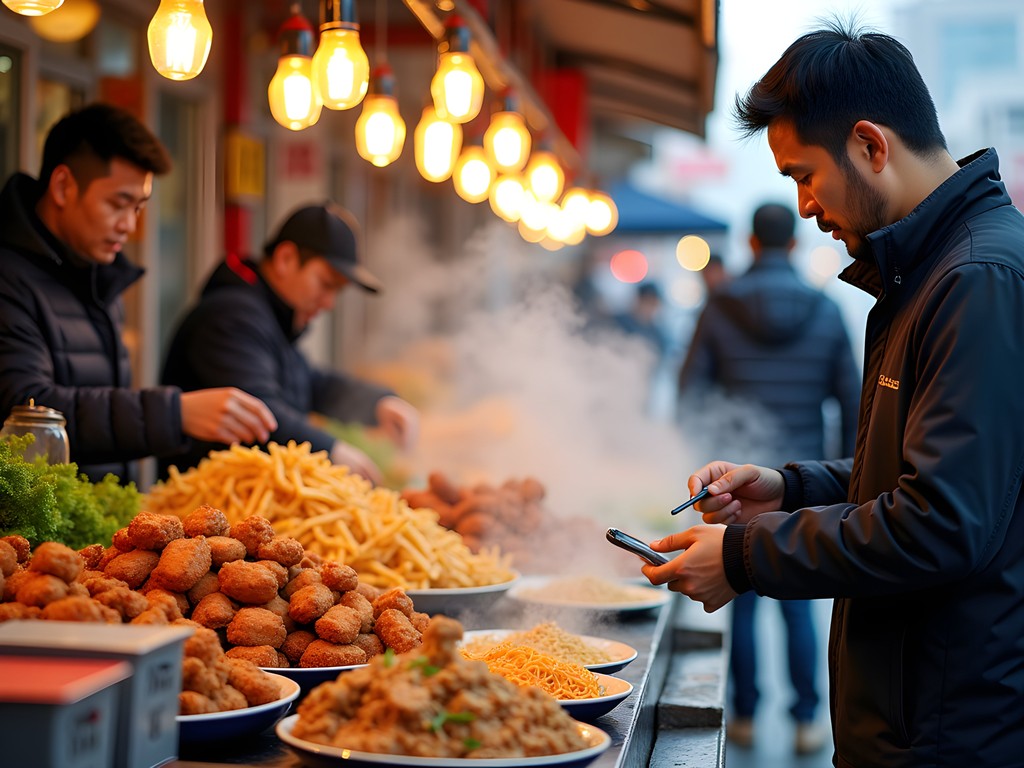
💡 Pro Tips
- Visit between 10am-2pm on weekdays for fewer crowds and more attentive service from vendors
- Bring cash in small denominations as many stalls don't accept cards
- Look for the red awning at the market's east entrance for the original dakgangjeong stall
Songdo Premium Outlets: International Luxury with Korean Flair
For those seeking international brands at attractive prices, Songdo Premium Outlets presents a compelling proposition. Located in Incheon's futuristic Songdo International Business District—a marvel of urban planning built entirely on reclaimed land—this sprawling complex houses over 180 premium and luxury brands.
What distinguishes Songdo from similar outlet experiences worldwide is its distinctly Korean approach to luxury retail. The architecture blends Western commercial design with subtle nods to traditional Korean aesthetics, while the shopping experience itself is elevated by impeccable service that puts many full-price department stores to shame.
During my recent visit, I was particularly impressed by the outlet's curation of both international powerhouses and emerging Korean designers. While the usual suspects—Burberry, Ferragamo, and Coach—are well represented, it's the dedicated section for Korean heritage brands and contemporary designers that warrants extended exploration.
The complex's layout encourages leisurely browsing, with thoughtfully placed cafés and rest areas throughout. I found myself particularly grateful for my packable tote, which easily accommodated my growing collection of purchases while remaining lightweight enough to carry comfortably throughout the day.
Beyond shopping, the surrounding Songdo district merits attention. This planned city represents South Korea's vision for sustainable urban development, complete with extensive parks, LEED-certified buildings, and an impressive underground waste disposal system. Take time to stroll along Central Park's waterways after your shopping expedition—the contrast between nature and architecture provides a fascinating glimpse into Korea's urban future.
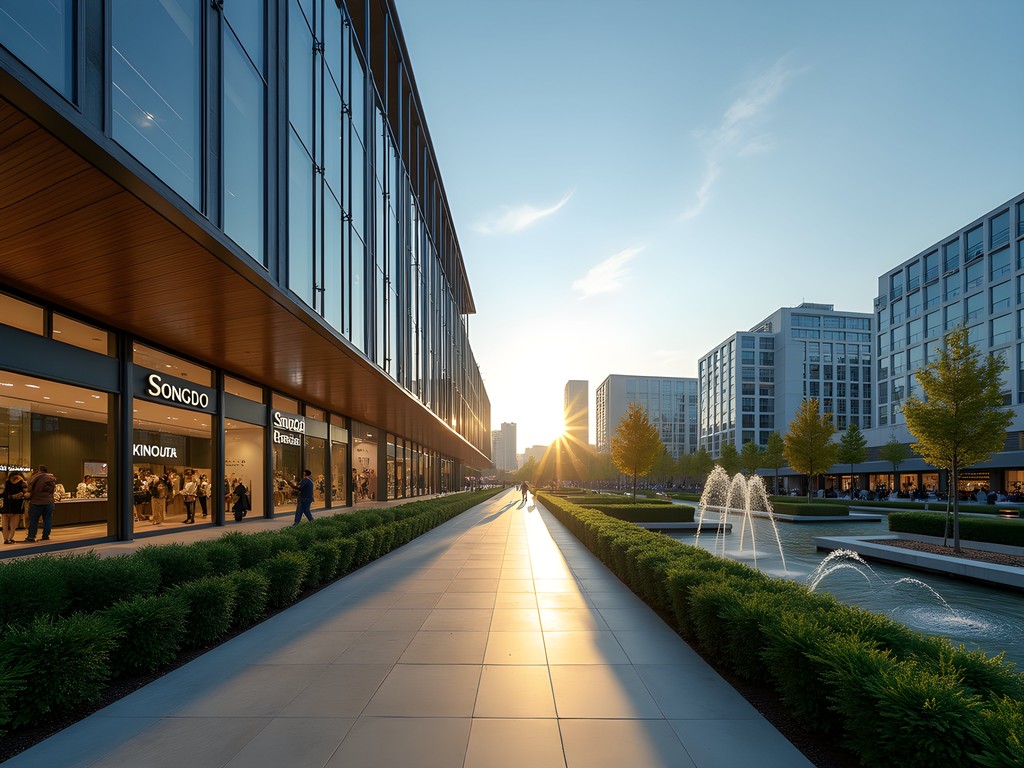
💡 Pro Tips
- Visit on weekday mornings to avoid weekend crowds from Seoul
- Register at the information desk for an additional 3-5% discount at participating stores
- The best seasonal sales align with Korean holidays rather than Western ones—research accordingly
NC Cube Canal Walk: Retail Therapy Along Waterways
Perhaps the most architecturally distinctive shopping destination in Incheon, NC Cube Canal Walk represents South Korea's innovative approach to retail environments. This remarkable complex stretches along a series of man-made waterways in Songdo, creating a Venice-inspired shopping experience where sleek modern buildings frame picturesque canals.
The multi-level structure houses an impressive mix of mid-range and premium brands, with particular strength in Korean cosmetics and fashion labels that have yet to achieve widespread international distribution. For visitors seeking to discover emerging Korean designers before they gain global recognition, Canal Walk offers unparalleled opportunities.
What truly distinguishes this complex is its integration with surrounding water features and green spaces. Unlike the hermetically sealed shopping malls common throughout Asia, Canal Walk embraces its environment, with numerous terraces and outdoor seating areas where shoppers can pause to enjoy the scenery. The effect is a remarkably civilized shopping experience that never feels overwhelming.
During my autumn visit, I was particularly taken with the complex's seasonal programming. A temporary exhibition showcased collaborations between Korean craftspeople and contemporary designers, highlighting the country's commitment to preserving traditional techniques while embracing innovation. I purchased a stunning leather wallet featuring traditional Korean dyeing techniques applied to modern minimalist design—a perfect souvenir that combines functionality with cultural significance.
The complex's fourth floor houses an exceptional food court that transcends typical mall dining. Rather than international fast-food chains, you'll find carefully selected local concepts offering refined versions of Korean classics. The mandoo (dumplings) at the unassuming corner stall near the eastern entrance merit a special detour.
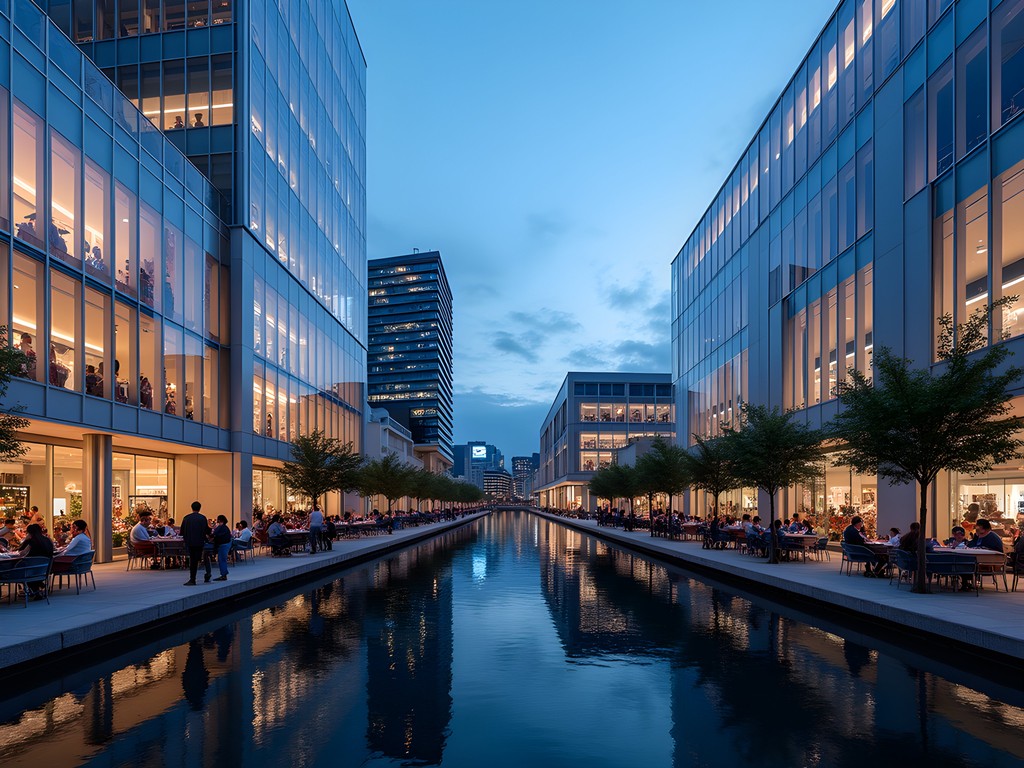
💡 Pro Tips
- Visit in the evening when the canal-side areas are illuminated with subtle lighting
- The information desk offers English-language maps highlighting Korean brands not available internationally
- Many stores offer tax refunds for purchases over 30,000 won—bring your passport
Moraenae Traditional Market: Authentic Local Commerce
For travelers seeking an unvarnished glimpse into everyday Korean life, Moraenae Market offers a refreshingly authentic alternative to the city's more polished retail environments. Unlike markets that have been repackaged for tourism, Moraenae exists primarily to serve local residents, creating an experience that feels genuinely rooted in community.
Established in 1960, this sprawling complex houses over 600 vendors selling everything from fresh produce and seafood to household goods and affordable clothing. Prices are remarkably reasonable, particularly for seasonal fruits and vegetables, which often cost half what you'd pay in supermarkets.
What I find most compelling about Moraenae is the social ecosystem it sustains. Elderly neighbors gather at modest tea stalls to exchange news, merchants call out to regular customers by name, and multi-generational families operate stalls side by side. During my most recent visit, I spent an enlightening hour conversing with a fishmonger who had inherited his business from his father some forty years earlier. His insights into changing consumption patterns and the challenges facing traditional markets in the age of e-commerce were more valuable than any formal economic analysis.
The market's food section deserves special attention. Toward the back, you'll find a collection of humble eateries serving regional specialties at prices that seem improbable. The bindaetteok (mung bean pancakes) at the corner stall with the faded blue awning are particularly noteworthy—crisp exterior giving way to a savory interior studded with kimchi and spring onions.
While exploring, I found my crossbody bag invaluable for keeping essentials secure while leaving hands free to examine merchandise. The market's narrow pathways can become crowded, particularly on weekends, so a secure bag that stays close to your body proves extremely practical.

💡 Pro Tips
- Visit early morning (6-8am) to watch vendors setting up and selecting the freshest produce
- Bring small Korean bills as vendors rarely have change for large denominations
- Look for stalls with queues of elderly Korean women—they invariably lead to the highest quality vendors
Paradise City: Integrated Luxury Retail Experience
For those who prefer their luxury shopping experiences with a side of entertainment, Paradise City presents an intriguing proposition. Located just minutes from Incheon International Airport, this integrated resort complex combines high-end retail with art installations, dining, and accommodation in a setting that feels distinctly Korean despite its international ambitions.
The retail component, while not as extensive as Seoul's luxury enclaves, offers a carefully curated selection of premium brands in an environment that privileges space and aesthetic harmony. Unlike the frenetic atmosphere of many Asian luxury malls, Paradise City maintains a sense of tranquility that allows for contemplative browsing.
What truly distinguishes this complex is its commitment to contemporary art. The property houses an impressive collection of works by both Korean and international artists, effectively blurring the line between commercial space and gallery. During my visit, I was particularly struck by an installation of suspended fabric panels by a prominent Korean textile artist, creating a dialogue between traditional craftsmanship and contemporary expression.
The complex's design merits attention in its own right. Award-winning architecture firm MVRDV collaborated with local partners to create spaces that reference Korean aesthetics without resorting to pastiche. The result is a thoroughly modern environment that nonetheless feels connected to its cultural context.
Beyond shopping, Paradise City offers exceptional dining options that showcase Korea's increasingly sophisticated culinary scene. The Japanese-Korean fusion restaurant on the second floor serves a tasting menu that rivals many Michelin-starred establishments I've visited globally.
For travelers with early departures or late arrivals at Incheon Airport, Paradise City offers a civilized alternative to conventional airport hotels. I've found their rooms exceptionally comfortable, with thoughtful amenities including noise-canceling headphones available upon request—perfect for adjusting to a new time zone while enjoying the room's curated music selection.
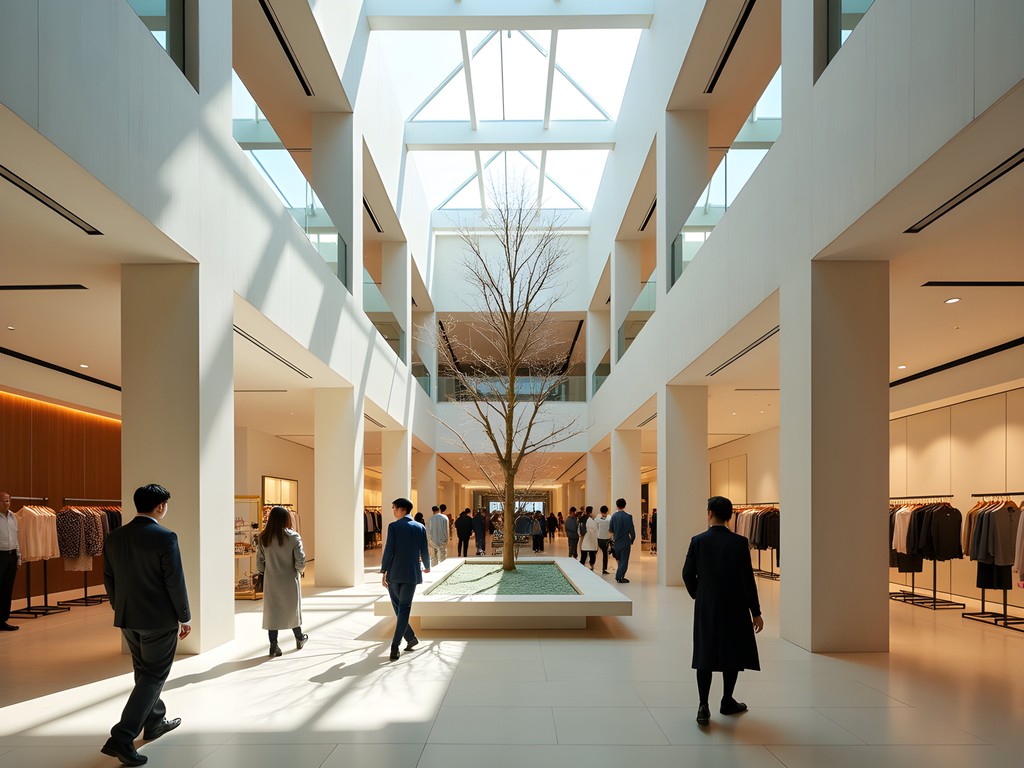
💡 Pro Tips
- Request a Paradise City VIP Card at the concierge desk for additional discounts at participating retailers
- Visit the Art Gallery between 2-4pm on weekdays when tour groups are least likely to be present
- The complex offers complimentary shuttle service from Incheon Airport—reserve in advance during peak travel seasons
Final Thoughts
Incheon's retail landscape offers a remarkably comprehensive snapshot of South Korea's commercial evolution—from traditional markets that have sustained communities for generations to forward-thinking developments that hint at retail's future. What makes shopping here particularly rewarding is the authenticity that persists even in the most contemporary settings. Unlike destinations where traditional markets have been sanitized for tourist consumption or luxury malls feel interchangeably global, Incheon maintains a distinct sense of place throughout its retail environments. Whether you're haggling over the price of kimchi at Moraenae Market or browsing international designer collections at Paradise City, you're participating in a commercial tradition that remains unmistakably Korean. As development continues to transform this dynamic city, I can only hope it retains the compelling contrast between old and new that currently makes shopping here such a multifaceted pleasure. For travelers seeking retail experiences that transcend mere acquisition, Incheon rewards with cultural insights that linger long after purchases have been unwrapped.
✨ Key Takeaways
- Incheon offers an authentic spectrum of Korean shopping experiences from traditional markets to cutting-edge luxury complexes
- The city's proximity to the international airport makes it ideal for first or final shopping days in South Korea
- Local markets provide cultural insights that high-end malls cannot, making a balanced itinerary essential
- Many shopping areas double as architectural destinations, particularly in the forward-thinking Songdo district
📋 Practical Information
Best Time to Visit
year-round, though spring (April-May) and fall (September-October) offer the most pleasant weather for exploring outdoor markets
Budget Estimate
$200-500 per day excluding major purchases
Recommended Duration
2-3 days
Difficulty Level
Easy
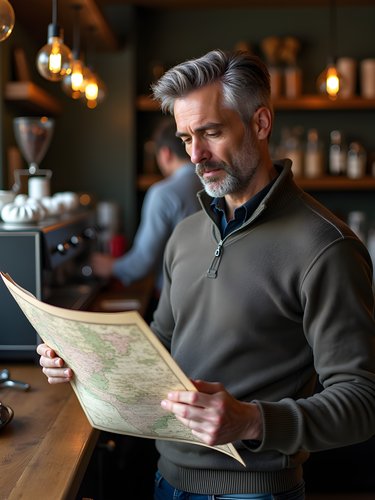
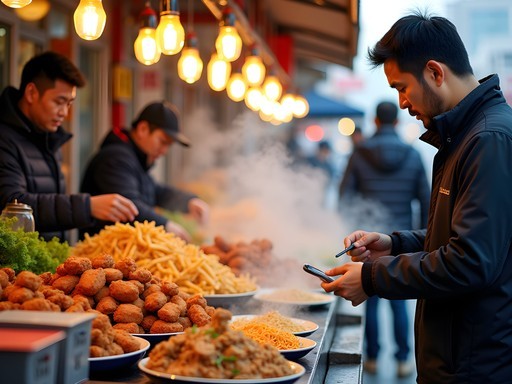

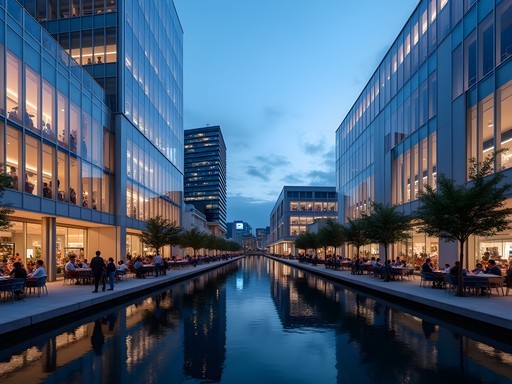
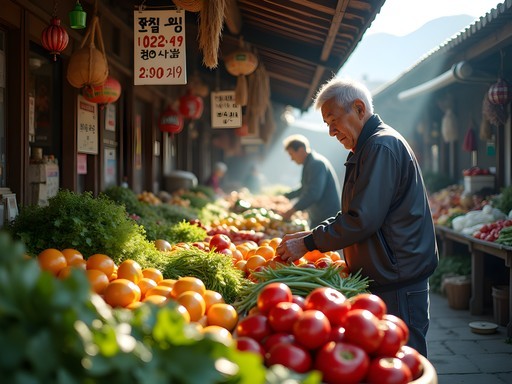
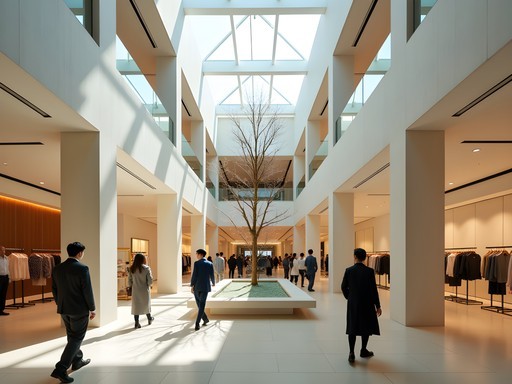


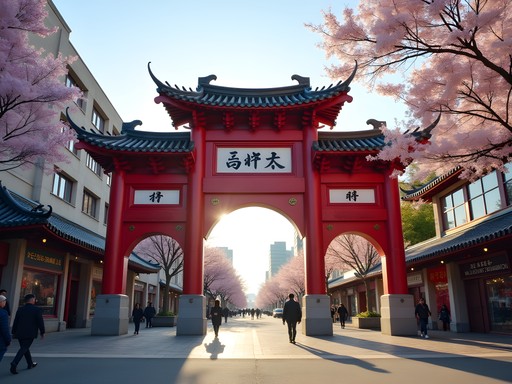
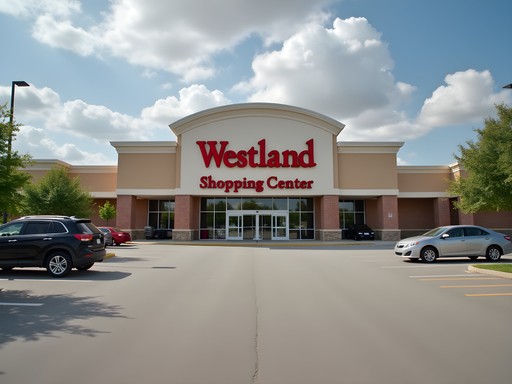


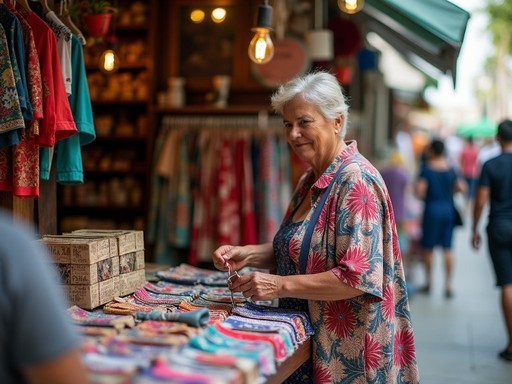
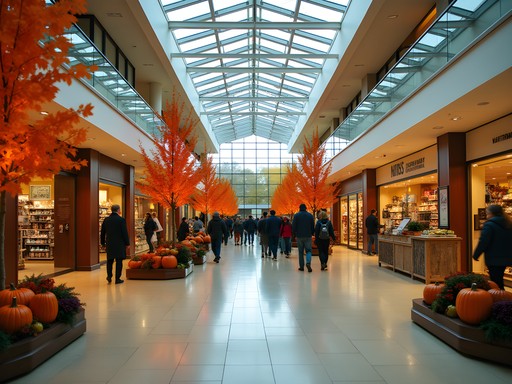

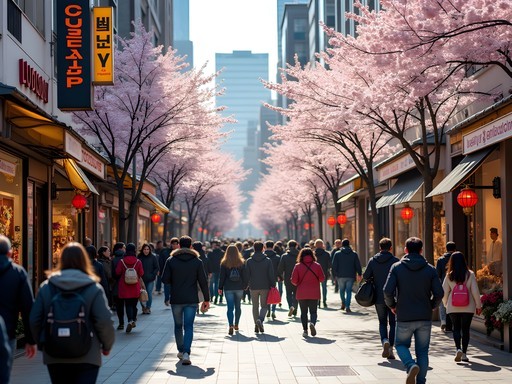
Comments
KoreanFoodFan
That photo of the street food at Moraenae Market is making me hungry! The tteokbokki looks amazing.
GlobalNomad55
If you're planning to hit multiple shopping spots in Incheon, I highly recommend getting a T-Money card for public transportation. The subway system connects most major shopping areas and it's super easy to navigate with Google Maps. I used my pocket translator at the traditional markets and it made bargaining so much more fun!
luckywalker8604
Thanks for the T-Money tip! Did you find many taxis available around the shopping areas too?
GlobalNomad55
Plenty of taxis! But download Kakao Taxi app - it's like Korean Uber and makes life so much easier.
TravelWithMei
Just got back from Incheon and Sinpo Market was the highlight! Those cheese-filled hotteok changed my life!
Casey Andersson
David, this guide is exactly what I needed when I visited Incheon last year! I spent a full day exploring Songdo Premium Outlets and was blown away by the architecture as much as the shopping. The canal-side cafes were perfect for people-watching while resting between shopping sprees. One tip for luxury shoppers: I found the VAT refund process at Songdo much smoother than at Seoul malls - shorter lines and more helpful staff. I picked up a gorgeous leather weekender bag that I still get compliments on. I documented the whole experience in my Korea highlights on Instagram if anyone wants more visuals of the shopping scene!
SeoulSearcher92
Love Songdo! Did you check out Triple Street mall while you were there? It's my favorite spot for Korean beauty products.
Casey Andersson
I did! Triple Street was fantastic - I stocked up on so many face masks and serums that I had to buy an extra bag for the flight home! The prices were better than Myeongdong too.
luckywalker8604
Great guide! I'm heading to Korea next month and thinking of doing a day trip to Incheon from Seoul. Is Sinpo Market worth the visit if I only have one day? And what's the best way to get there from Seoul?
Casey Andersson
Absolutely worth it! Sinpo Market is a foodie paradise. Take the AREX express train from Seoul Station to Incheon Station (about 40 mins) then it's just a short taxi ride. The hotteok (sweet pancakes) there are legendary - nothing like the ones in Seoul!
luckywalker8604
Thanks Casey! Definitely adding it to my itinerary then. Those hotteok sound amazing!
David Campbell
Great advice from Casey! If you're into seafood, don't miss the raw fish section at Sinpo too. And if you have time after the market, the Songdo area makes for a nice contrast - ultra-modern compared to traditional Sinpo.
escapeblogger
Just got back from Incheon and your guide was spot on! Moraenae Market was the perfect place to find souvenirs that weren't touristy. Thanks for the recommendations!
starclimber
Did you check out the street food there? I'm still dreaming about those fish cakes!
escapeblogger
Omg yes! And the tteokbokki was amazing too. I actually took a cooking class in Songdo where they taught us how to make it!
Megan Martin
David, this is such a comprehensive guide! I'd add one hidden gem I discovered during my business trip to Incheon last month - Bupyeong Underground Shopping Center. It's not as fancy as Canal Walk but has amazing deals on Korean skincare and fashion. The prices were about 20-30% lower than similar items in Seoul. Also worth noting for anyone planning a visit - the Incheon subway system connects all these shopping destinations really efficiently. I bought a T-money card at the airport and used it for my entire stay. Way more convenient than taxis, especially during rush hour!
oceanqueen
Great post! Is it easy to get around Incheon without speaking Korean? I'm planning a trip but worried about the language barrier, especially at traditional markets.
Megan Martin
I was there on business last month and got around fine with just English! The subway system has English signage, and at markets I used Google Translate's camera feature. I kept a pocket phrasebook handy too, which vendors appreciated when I tried basic phrases.
oceanqueen
That's so helpful, thanks Megan! Downloading Google Translate now!
starclimber
Sinpo Market was definitely the highlight of my Incheon shopping experience last year! The hotteok (sweet pancakes) there are INCREDIBLE - way better than what I found in Seoul. One tip I'd add: go on a weekday morning if possible. We went on a Saturday and it was so packed we could barely move through some sections. Also worth mentioning that many vendors don't speak much English, but they're super friendly and patient with pointing and basic communication.
escapeblogger
Did you try the dakgangjeong (sweet crispy chicken) there? I'm heading to Incheon next month and that's on my must-eat list!
starclimber
YES! So good. There's a stall about halfway through the market with a long line - that's the one you want. Worth the wait!
Savannah Torres
This guide was perfect timing for our family trip last week! My kids (8 and 10) absolutely loved the contrast between old and new. We started at Sinpo Market where they tried bindaetteok (mung bean pancakes) for the first time and watched them being made. Then we hit Canal Walk which felt like stepping into the future with those amazing waterways. The interactive fountain show outside was a highlight for the kids! For families traveling to Incheon, I'd recommend splitting shopping between traditional markets in the morning when it's cooler and the air-conditioned malls in the afternoon heat. Also, many vendors at Sinpo offered samples which was great for introducing Korean flavors to picky eaters!
islandguy
Great tip about morning/afternoon split! Did your kids try the fish-shaped pastries?
Savannah Torres
Yes! Bungeoppang (the fish pastries) were a huge hit. My daughter got chocolate filling instead of the traditional red bean and wouldn't stop talking about them!
Venture X
Premium card with 2X miles, $300 travel credit, Priority Pass